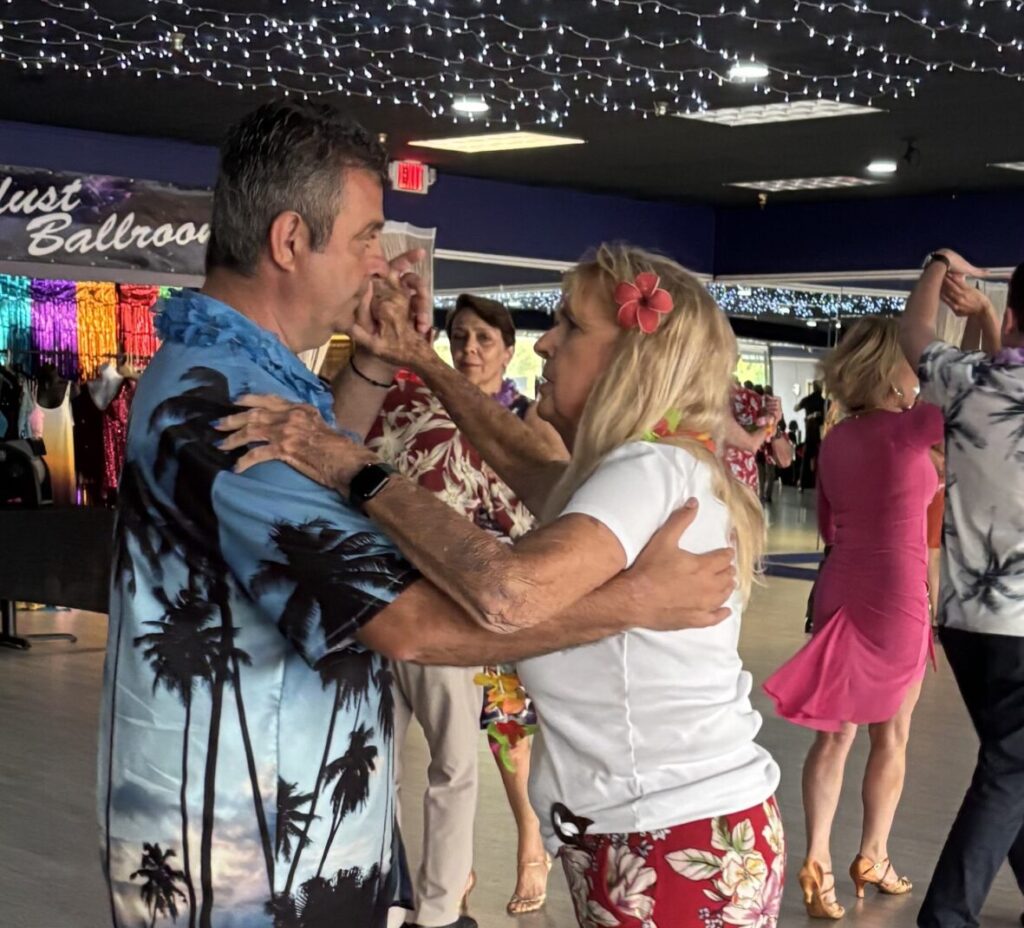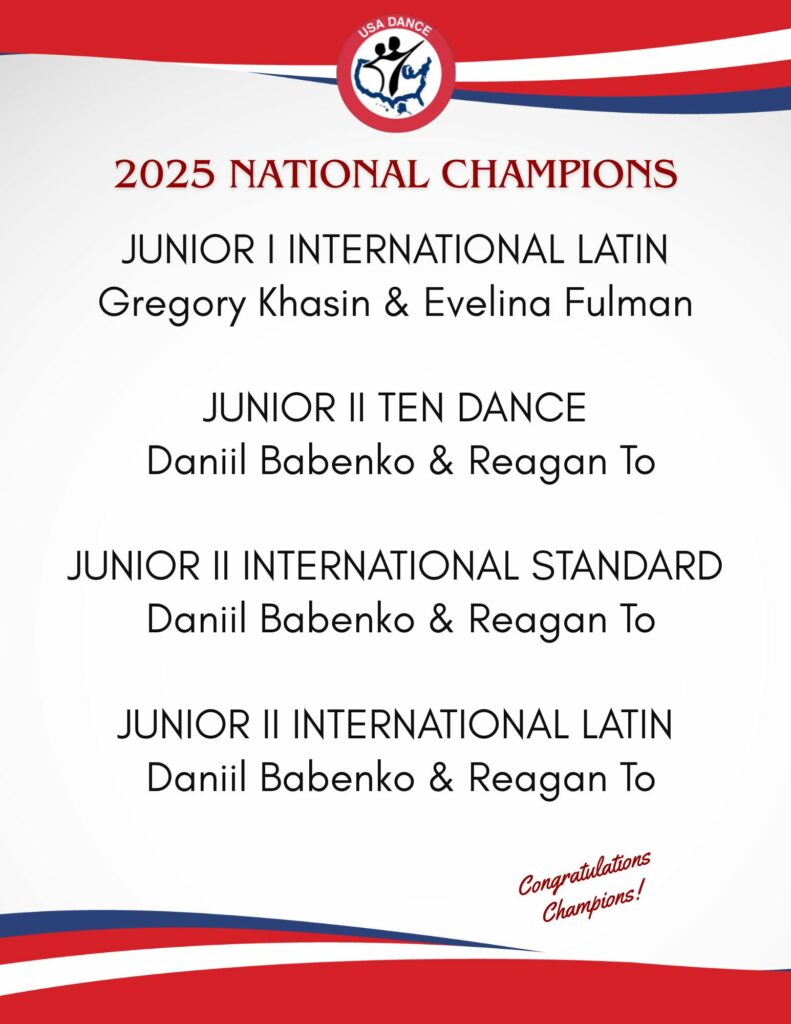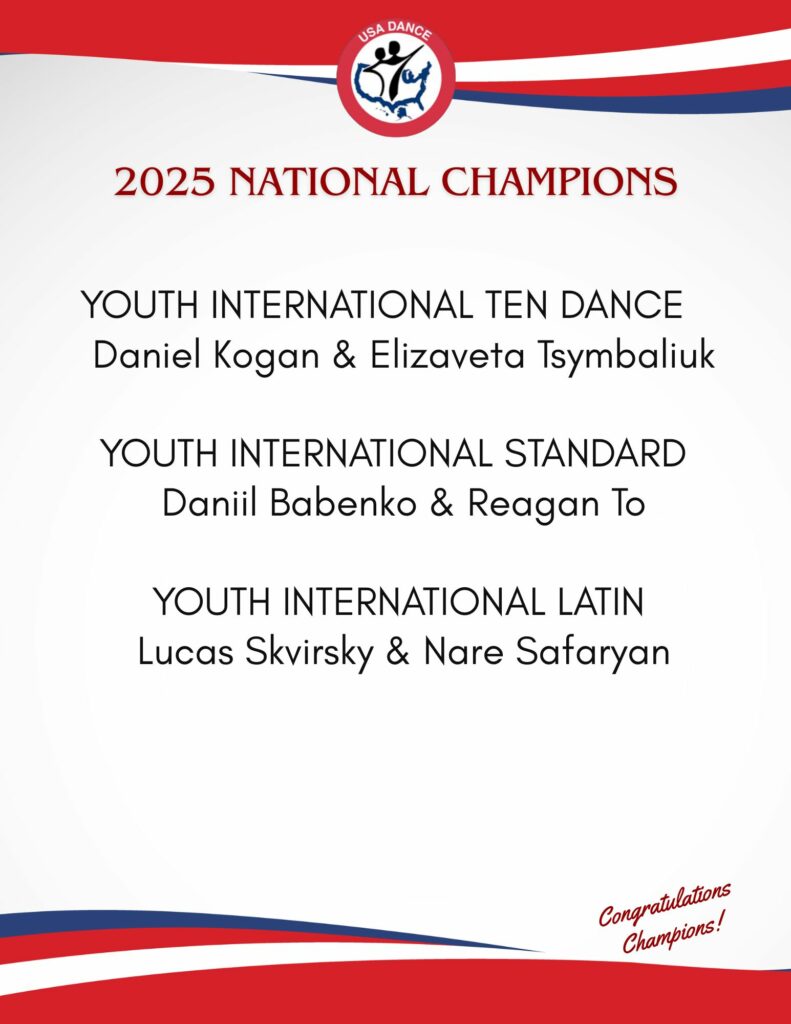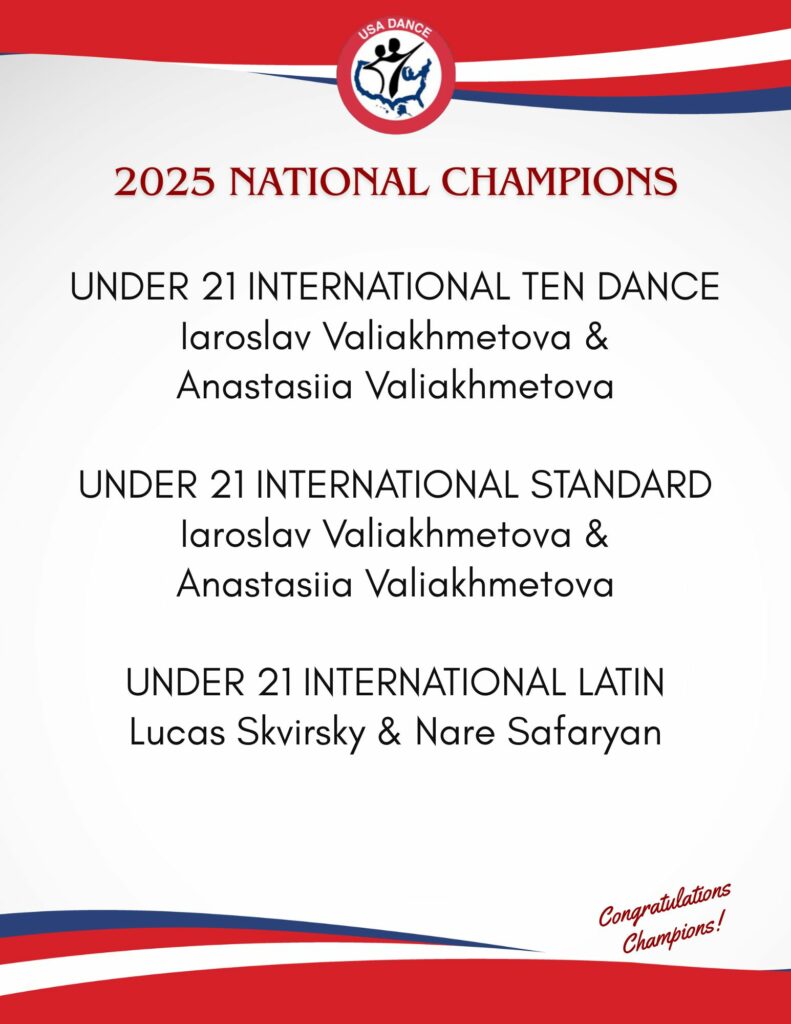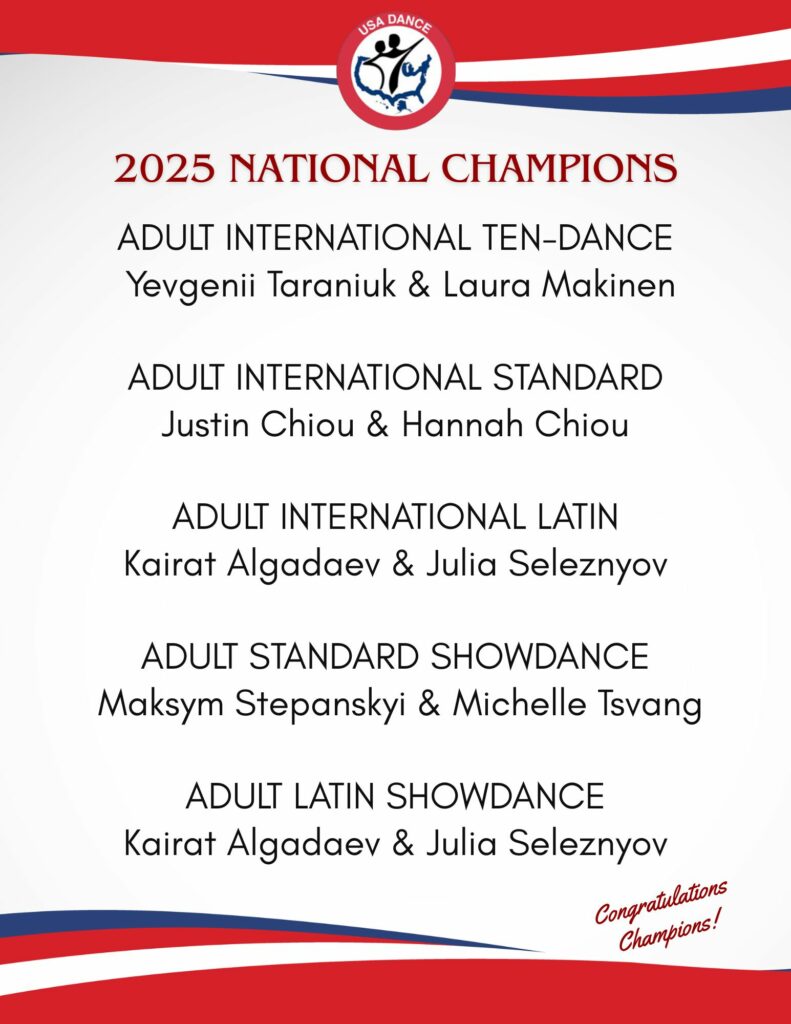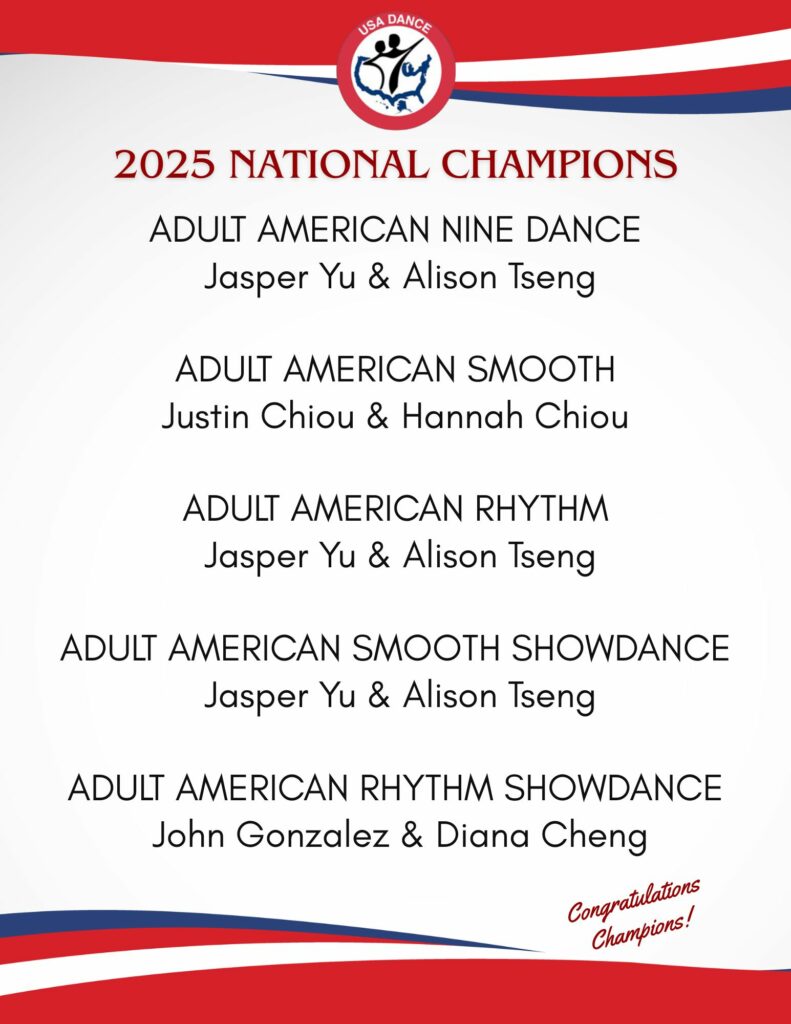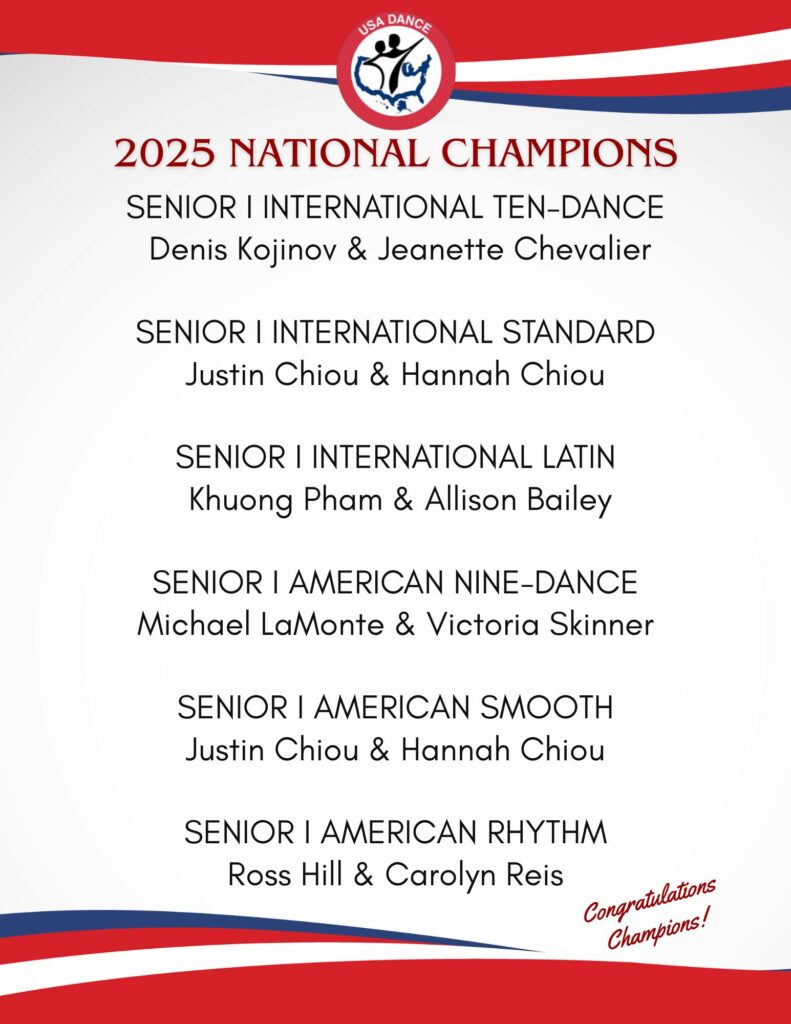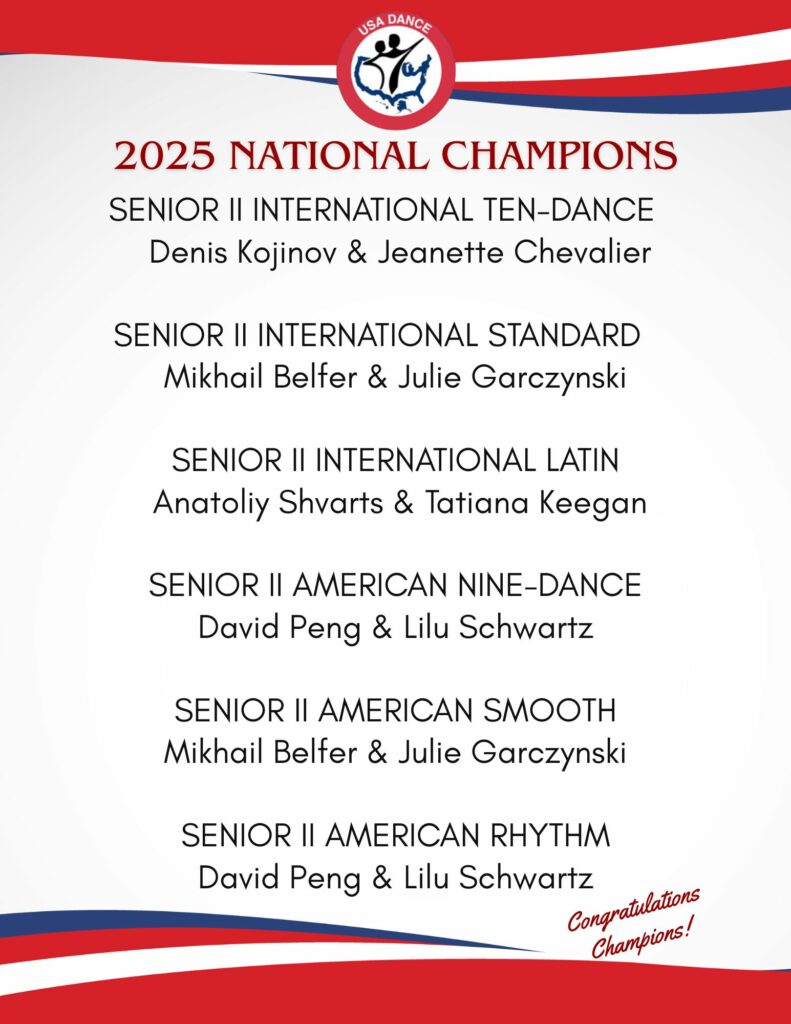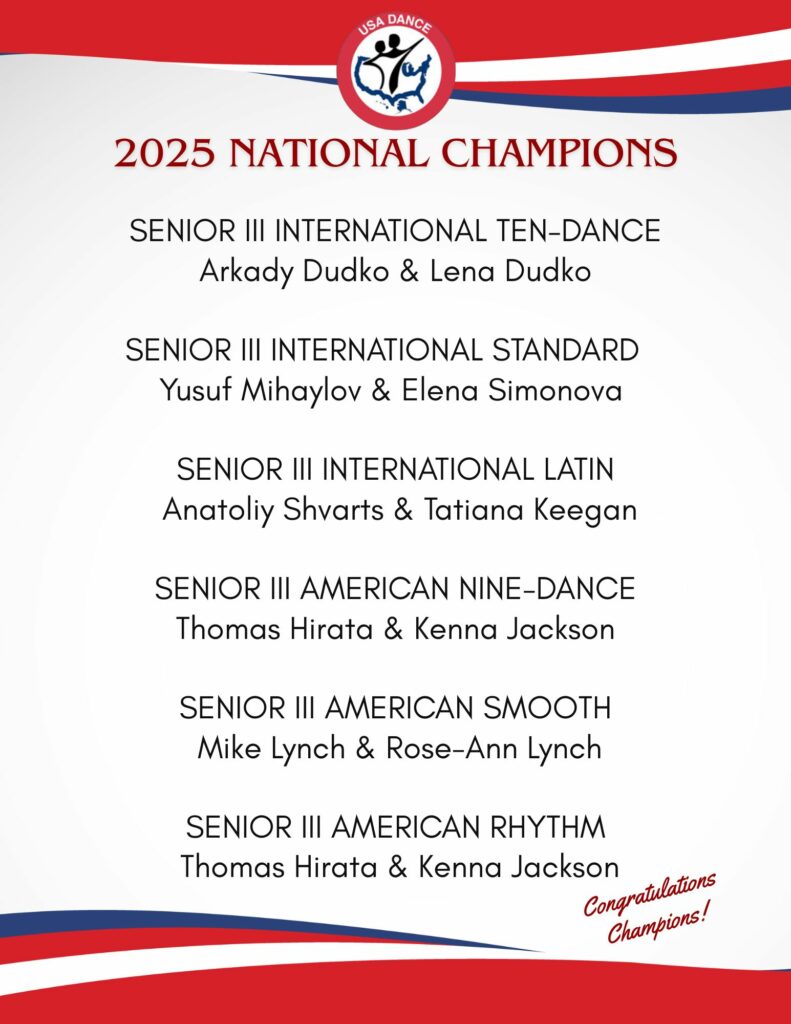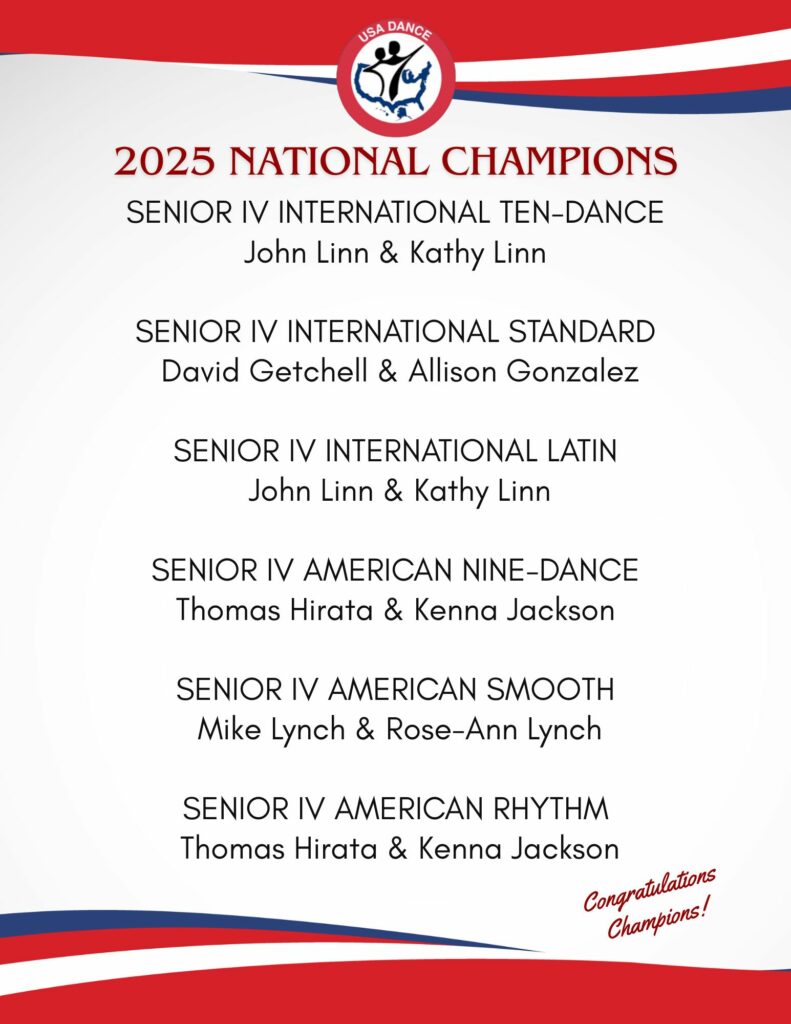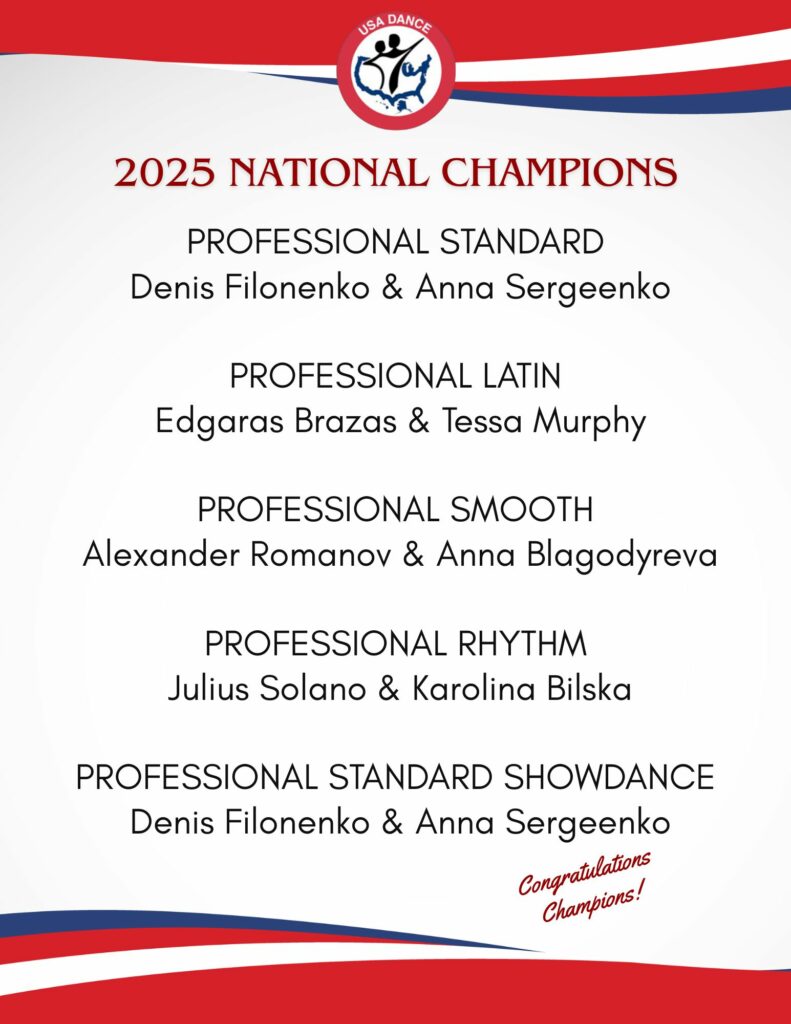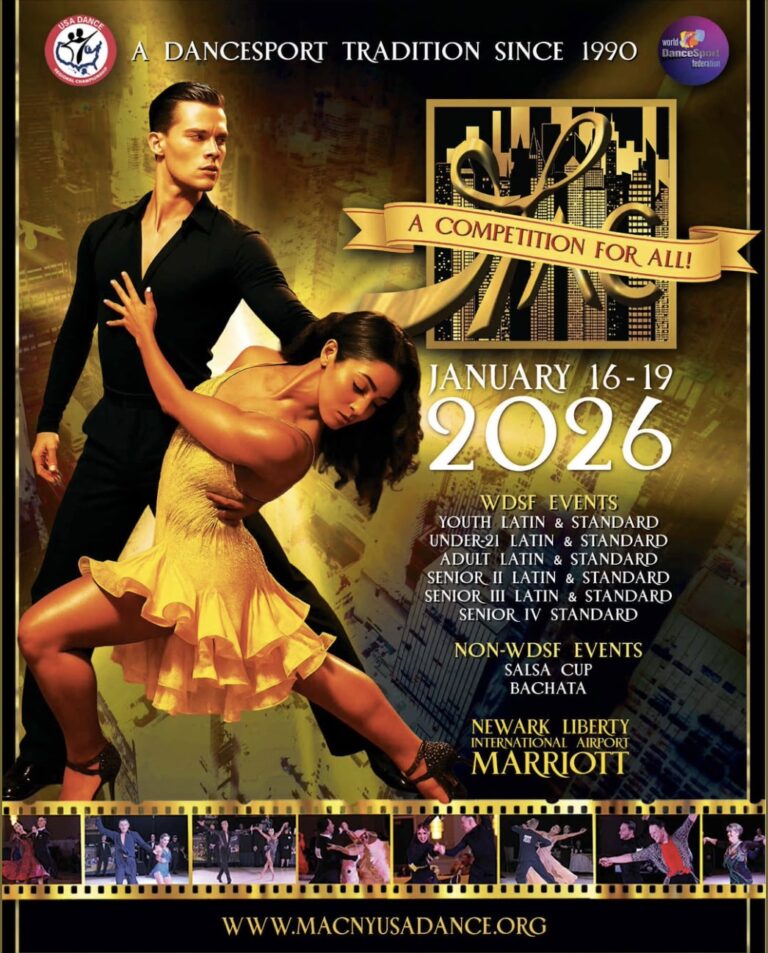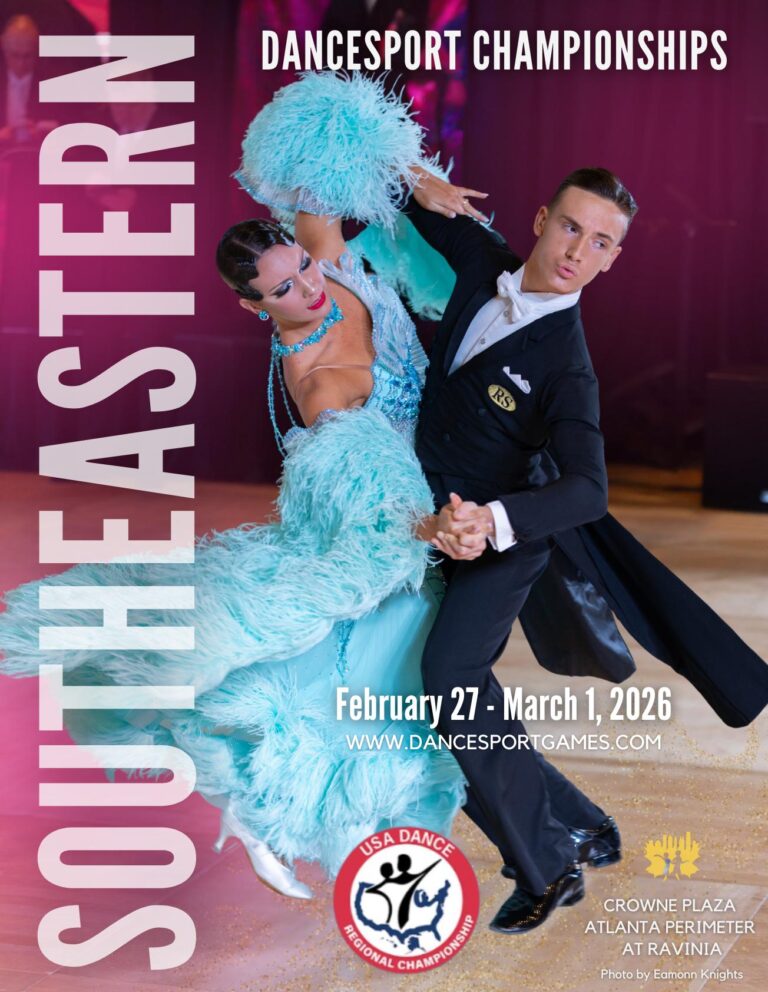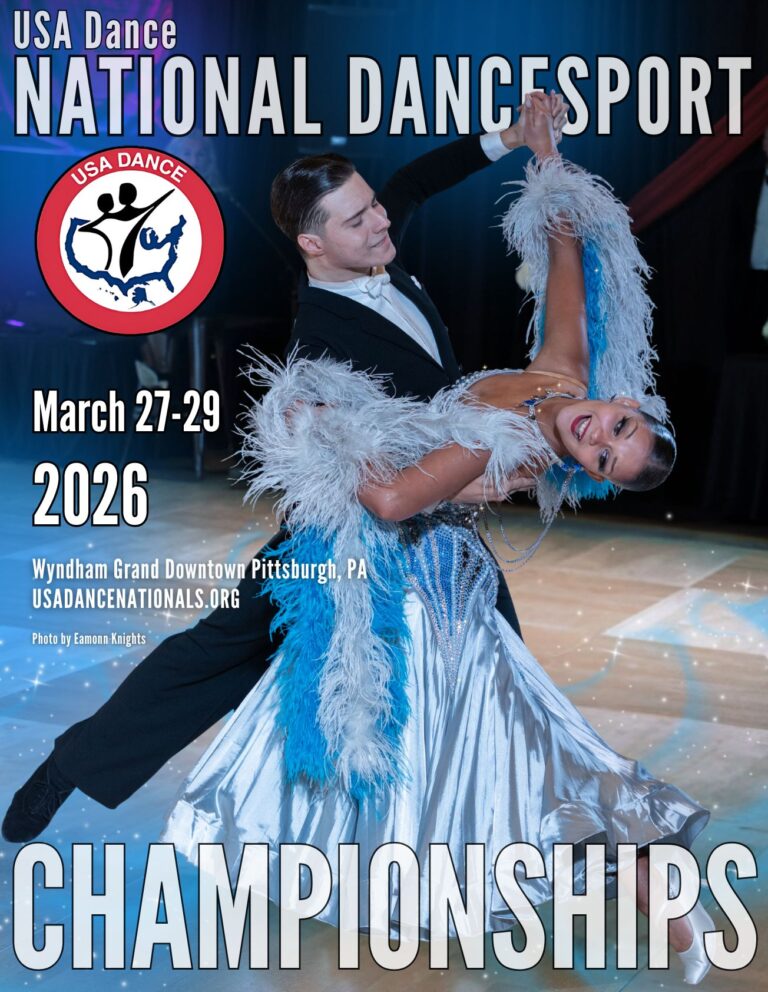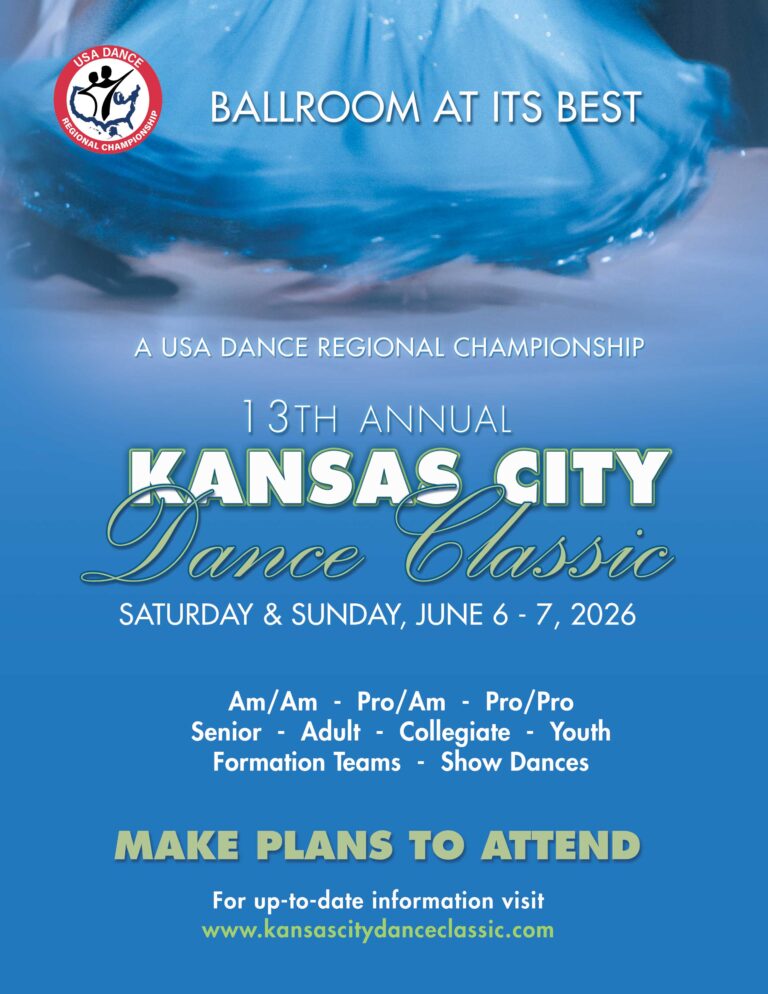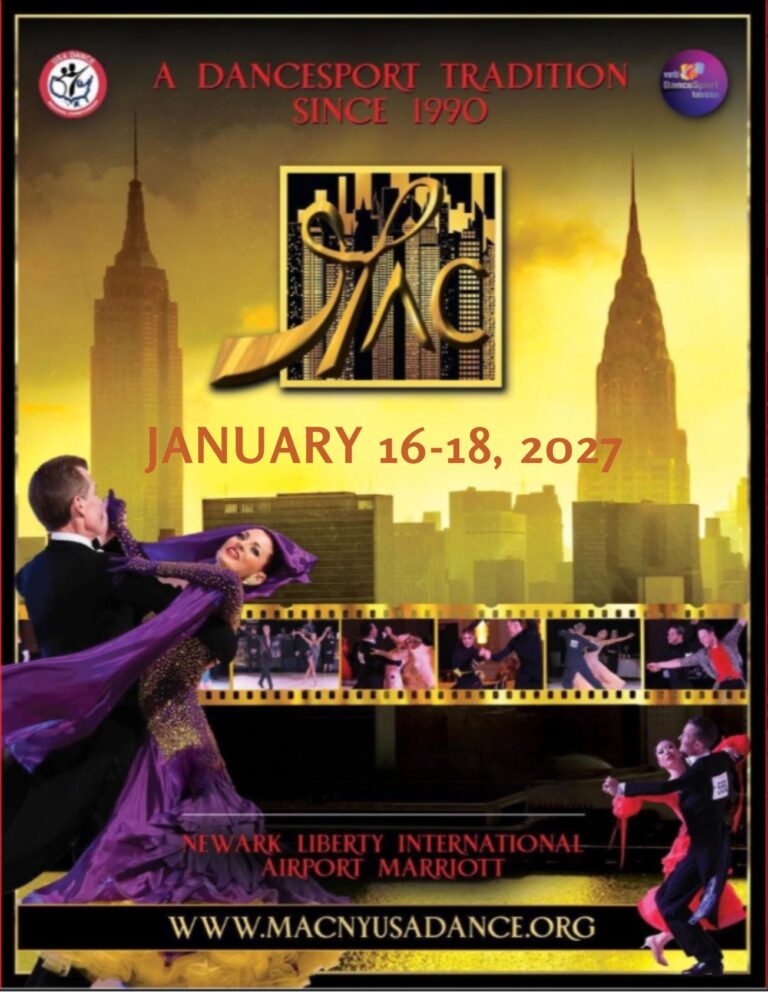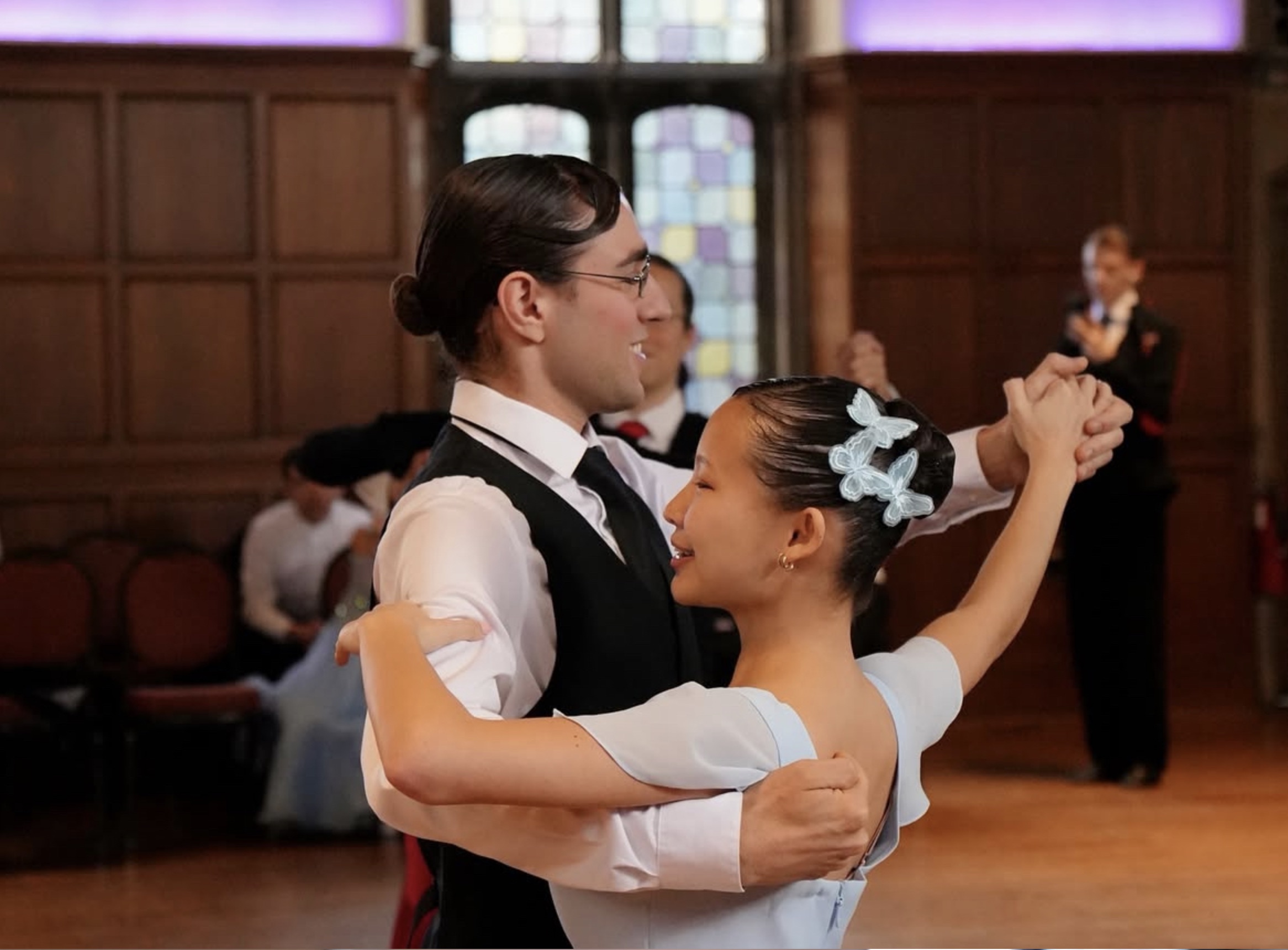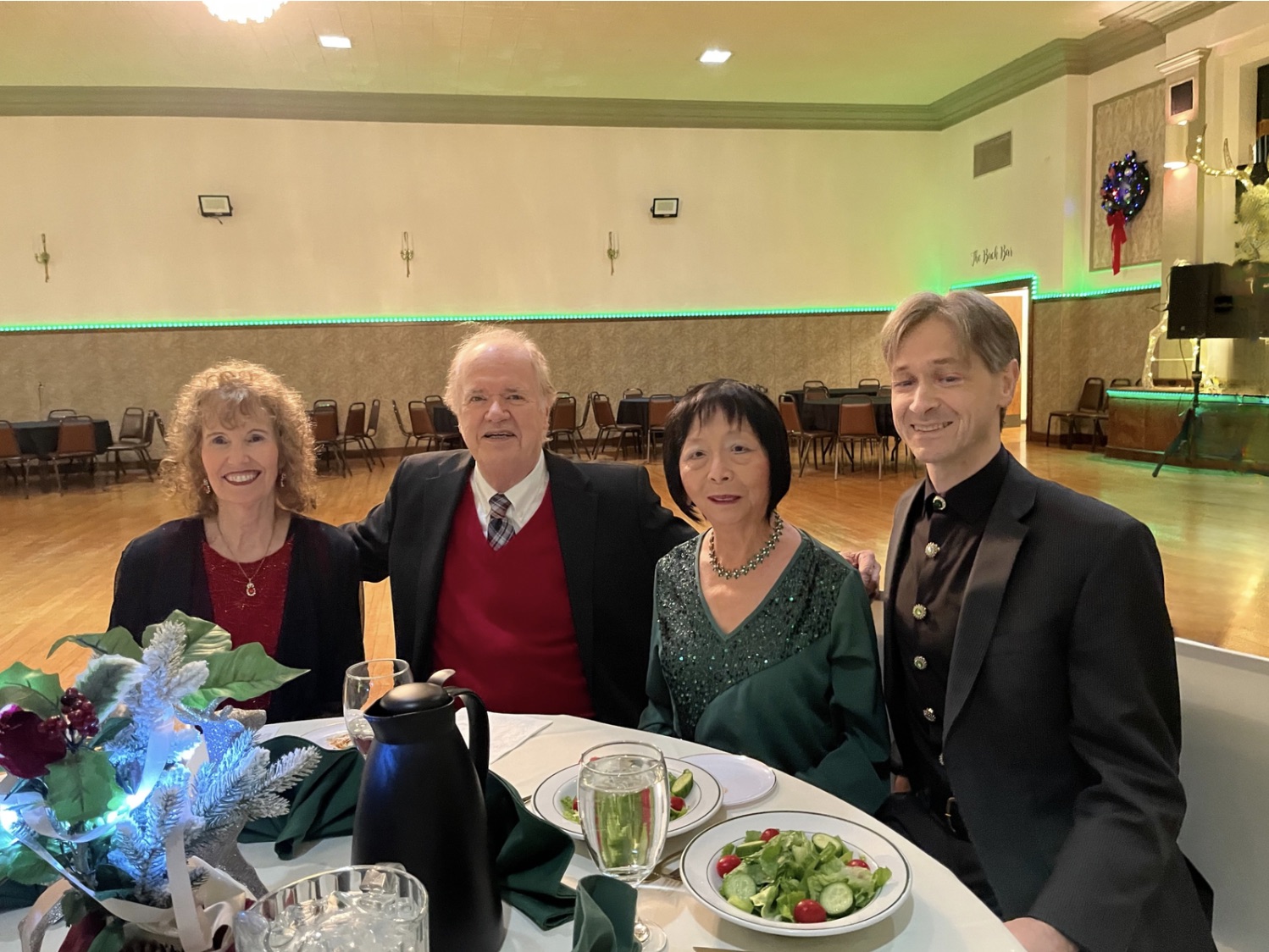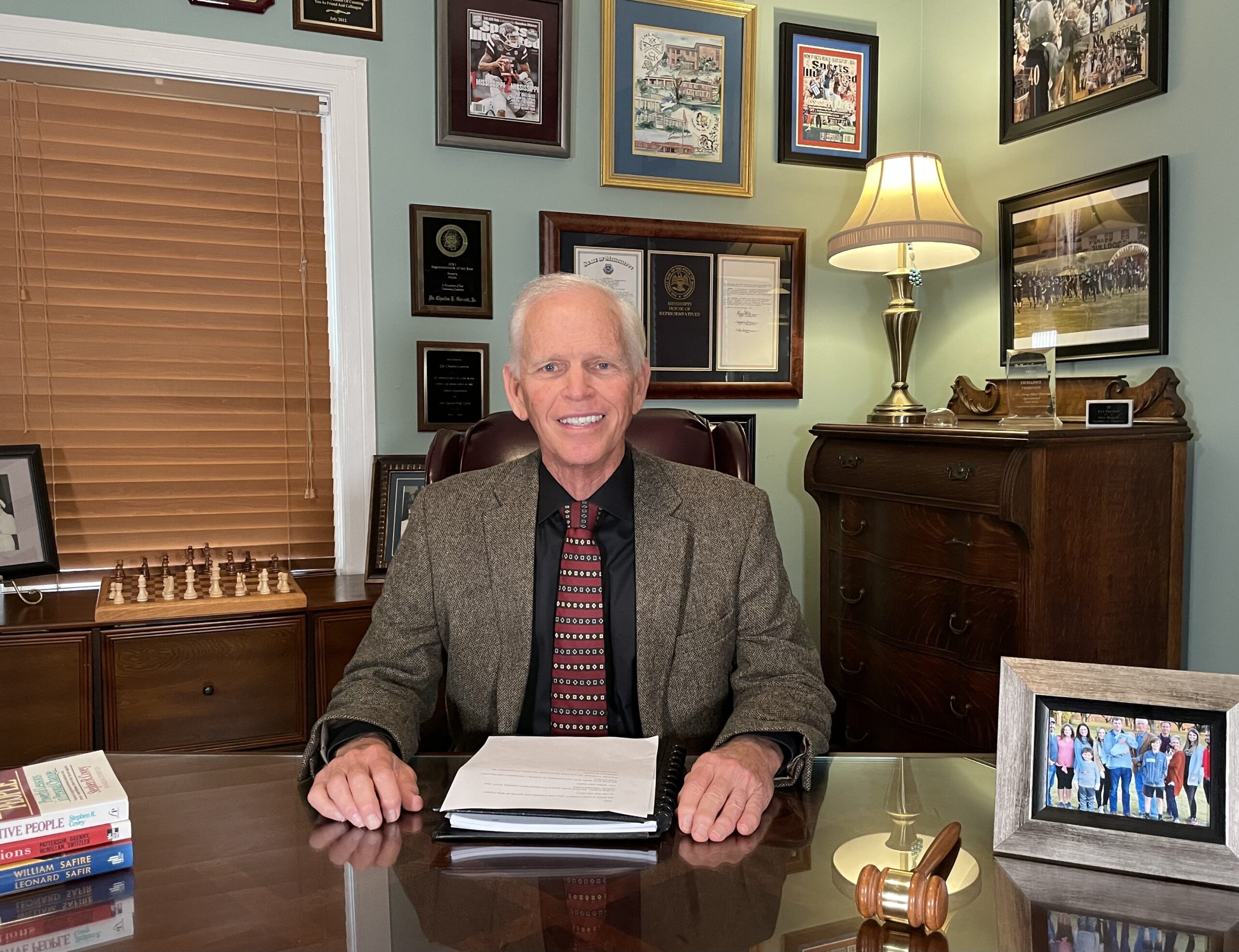Author’s Note: If you missed contributing author Jennifer Giblin’s June 6, 2025 article, Adaptive Ballroom Dance, I highly recommend reading it first!
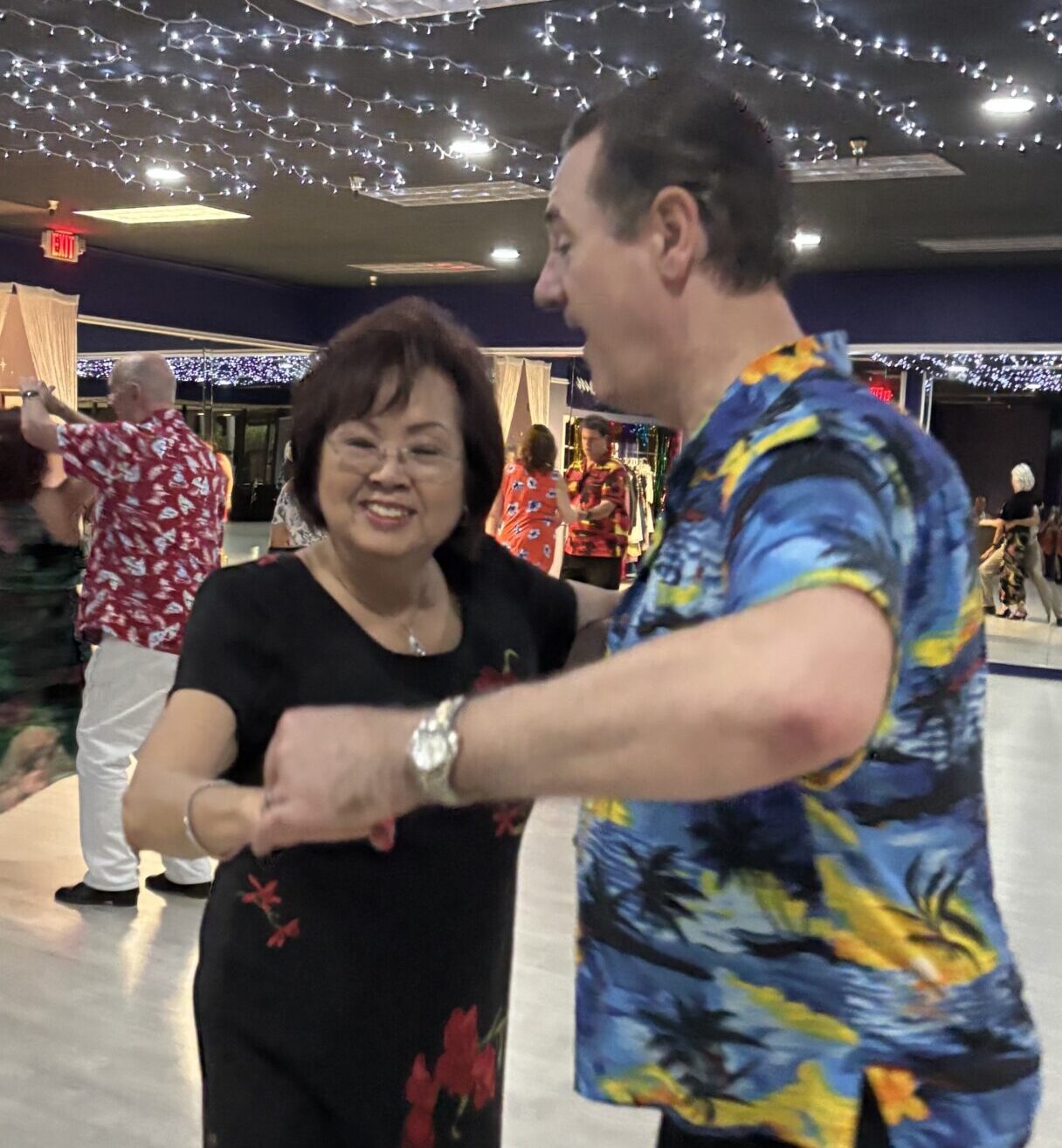 This writer seconds Jennifer’s motion to make ballroom dance accessible to all. Whether dance teachers and studios realize it or not, we are already working with special needs populations — though the level of preparation for this varies widely. USA Dance could lead the way by creating structured dance programs tailored to these “special” populations, including formal teacher education and certification.
This writer seconds Jennifer’s motion to make ballroom dance accessible to all. Whether dance teachers and studios realize it or not, we are already working with special needs populations — though the level of preparation for this varies widely. USA Dance could lead the way by creating structured dance programs tailored to these “special” populations, including formal teacher education and certification.
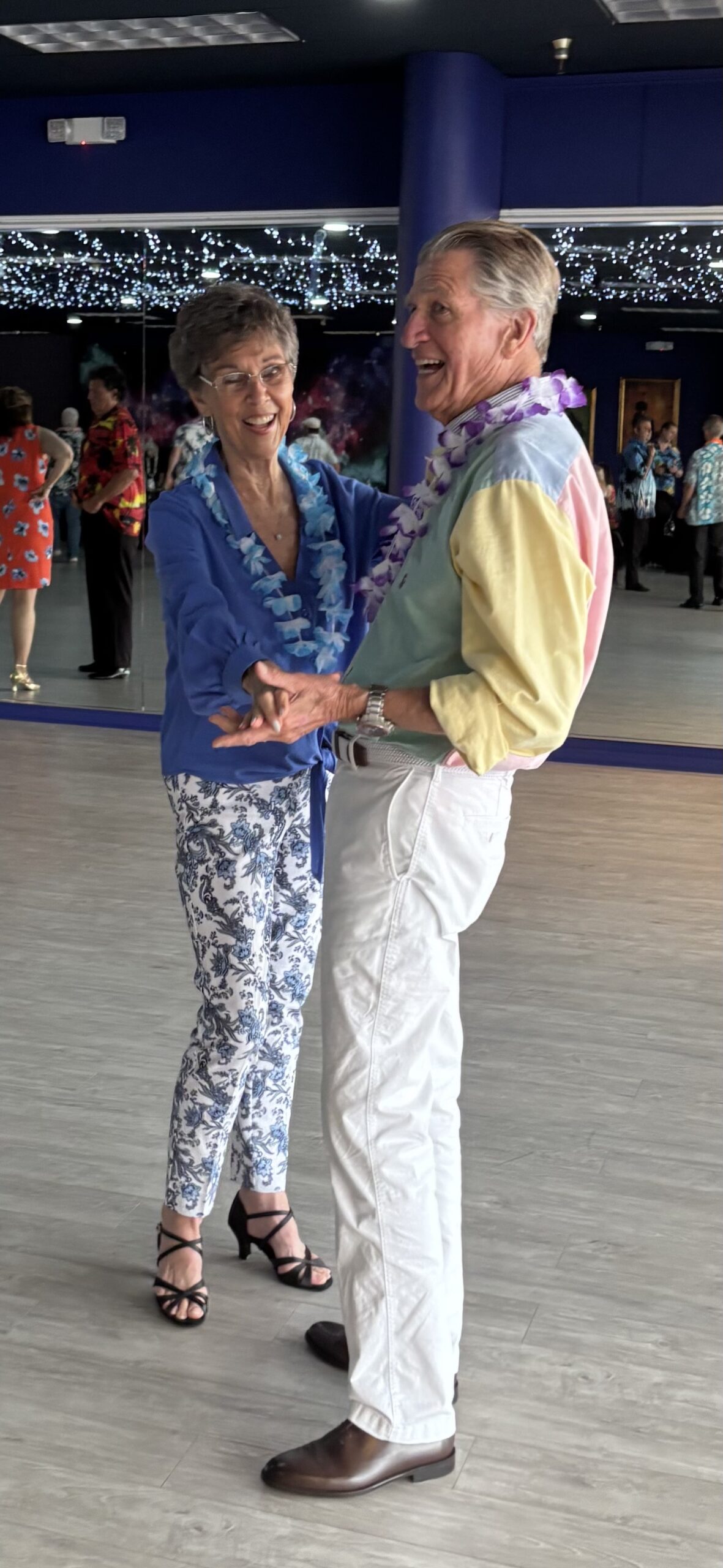 This mission is likely to become even more critical due to the recent passage of a national bill that will cut Medicaid spending by up to $1 trillion over the next ten years. Many individuals may begin losing benefits as soon as this October. While we cannot address most of these issues through dance, we can help calm fears and bring moments of joy — especially to those in extended care facilities and their caregiving staff.
This mission is likely to become even more critical due to the recent passage of a national bill that will cut Medicaid spending by up to $1 trillion over the next ten years. Many individuals may begin losing benefits as soon as this October. While we cannot address most of these issues through dance, we can help calm fears and bring moments of joy — especially to those in extended care facilities and their caregiving staff.
According to the Congressional Budget Office, about two-thirds of Medicaid spending goes to the elderly and disabled (https://www.kff.org/medicaid/issue-brief/allocating-cbos-estimates-of-federal-medicaid-spending-reductions-across-the-states-senate-reconciliation-bill/). In Florida, 60% of long-term care costs are covered by Medicaid (https://www.cbo.gov/publication/44588). For those of us beginning to consider our own future needs, this is deeply concerning — and a good reason to prioritize our health now. As outlined perfectly in Jen Giblin’s article, dance can help immensely.
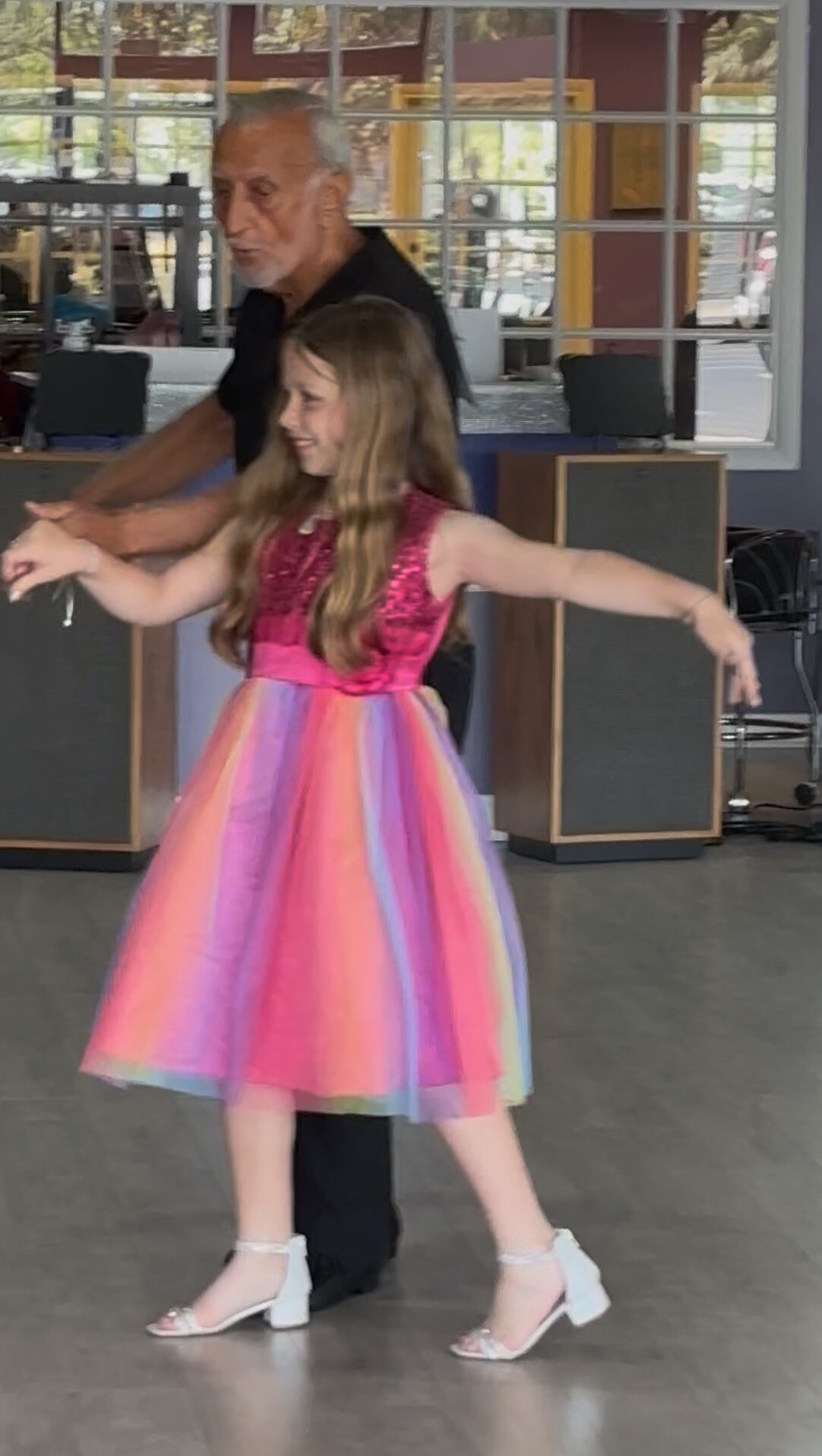 In addition to physical benefits, ballroom dance provides something increasingly rare: safe human touch. Loneliness is reportedly at an all-time high in the U.S. In 2022, 49.3% of adults were unmarried — including those who have never married, are divorced, or widowed (U.S. Census Bureau). As we age and lose loved ones, society can forget us. For many seniors and disabled individuals, human touch is limited to medical procedures.
In addition to physical benefits, ballroom dance provides something increasingly rare: safe human touch. Loneliness is reportedly at an all-time high in the U.S. In 2022, 49.3% of adults were unmarried — including those who have never married, are divorced, or widowed (U.S. Census Bureau). As we age and lose loved ones, society can forget us. For many seniors and disabled individuals, human touch is limited to medical procedures.
Having a creative outlet should not be underestimated. While it’s rewarding (and challenging!) to hone our dance technique, the real treasure is artistic expression through movement and music.
According to a recent study highlighted in MDedge/Neurology (6/9/25), music can synchronize brain rhythms, potentially improving memory retrieval in Alzheimer’s and enhancing motor control in Parkinson’s disease. The Esalen Institute (https://www.esalen.org/), a leader in the human potential movement, offers workshops that combine dance and emotional presence to process grief, using movement as a form of catharsis.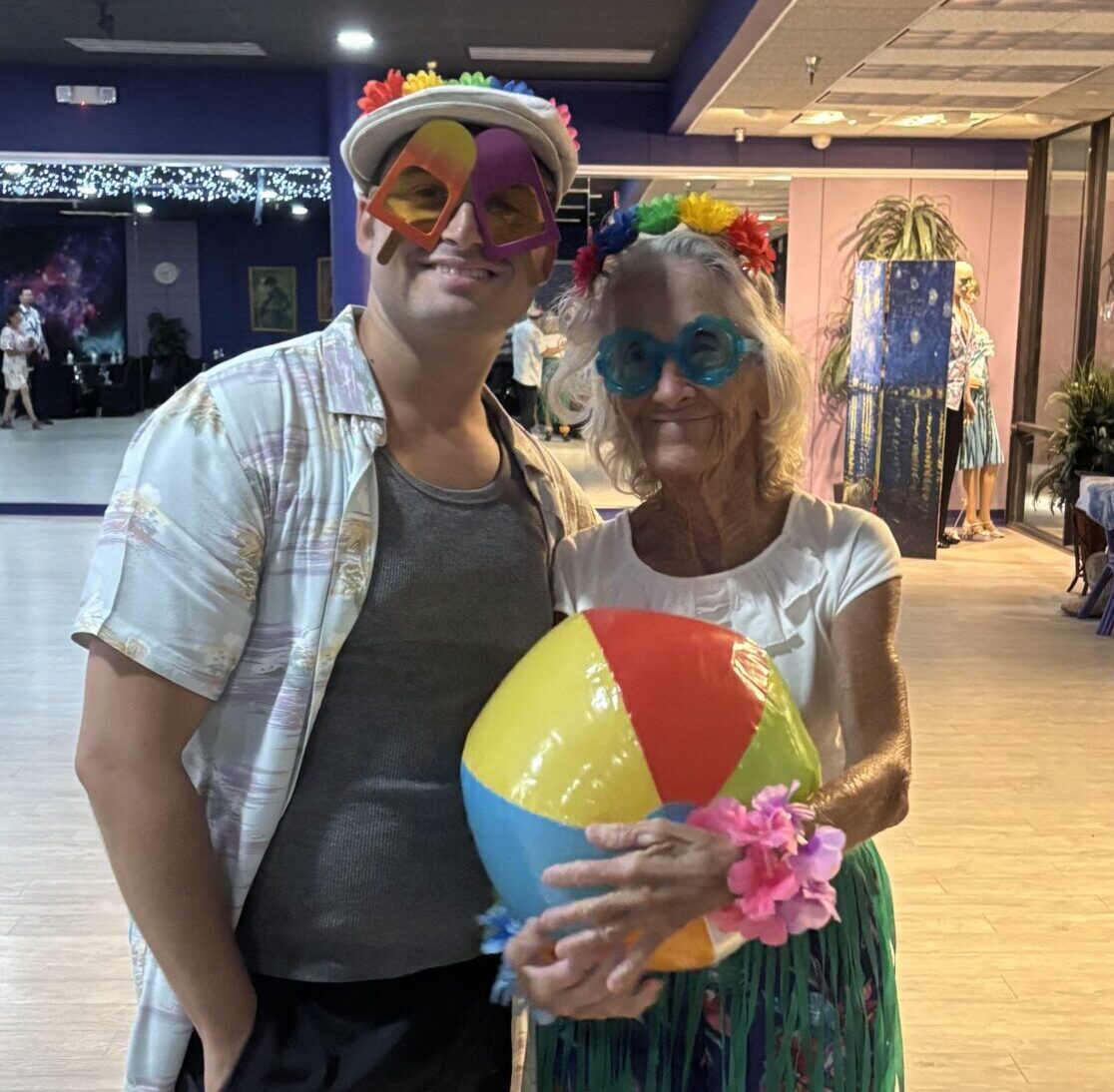
Research supports this. Emotional trauma can contribute to chronic pain, which is often connected to depression, anxiety, and anger. Emotions also influence how we perceive pain. According to Lumley and Schubiner (2019) in Current Rheumatology Reports, Emotional Awareness and Expression Therapy (EAET) can be an effective psychological treatment for chronic pain. Psychiatrist and best-selling author Bessel van der Kolk, M.D., echoes these findings in his groundbreaking book The Body Keeps the Score (2014), explaining how trauma is stored in the body and can lead to chronic illness by weakening the immune system.
Dance can help release this trauma. True mind-body fitness involves full engagement — moving with intention, breathing fully, and working with the nervous system, not against it. Our instructors often remind us to breathe and move with purpose. The result? We feel stronger, more focused, more resilient, more grounded in daily life.
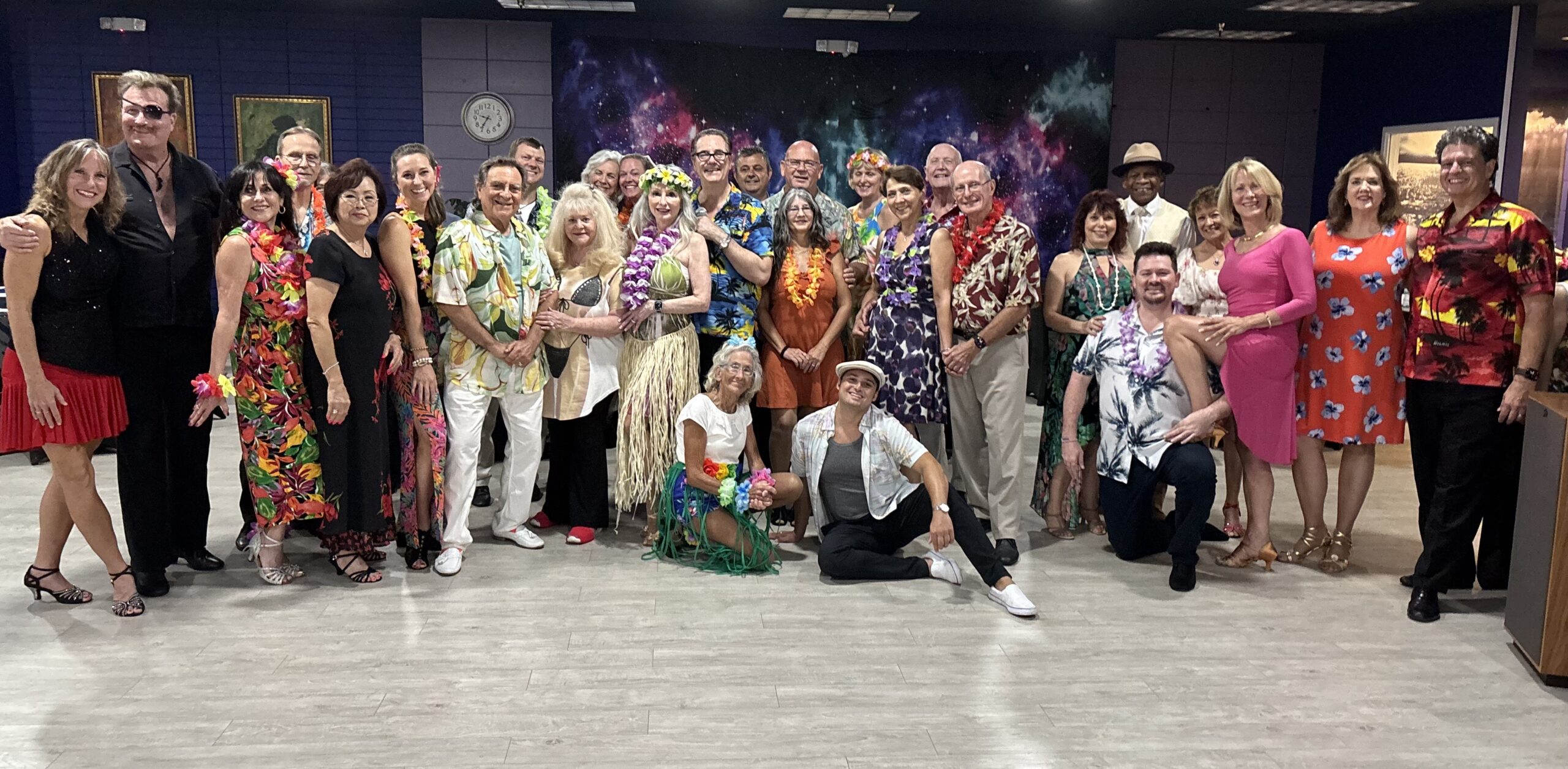 Let’s work together. Let’s help others gain the skills and learn the best practices to create something truly great — and life-changing — for everyone.
Let’s work together. Let’s help others gain the skills and learn the best practices to create something truly great — and life-changing — for everyone.
Cheryl is a nurse practitioner, dually board-certified in both Primary Care and Psychiatric/Mental Health. Her healthcare journey began in 1968. She is also a Certified Yoga Teacher and has studied belly dancing.
Cheryl co-owns Stardust Ballroom in New Port Richey, FL (dancealldayfitness.com) with her professional dance partner, Mark Weisenburger. Mark, originally trained with Arthur Murray in the 1980s, is certified through the Gold level to teach Ballroom and Latin dance. He was the original instructor who worked with The ARC at his studio in Indiana to prepare a team for the first-ever ballroom competition in the Special Olympics. According to their website (https://thearc.org/), “The Arc is the largest national community-based organization advocating for and with people with intellectual and developmental disabilities (IDD).”
Cheryl has created and taught a 3-hour workshop titled “Moving Through Grief and Loss”, using ballroom dance as a tool for emotional healing after loss. She recently restarted the Adventure Coast Chapter (6090) of USA Dance, closed since 2015. Together, Cheryl and Mark are working on multiple initiatives to support special needs populations in their community.

